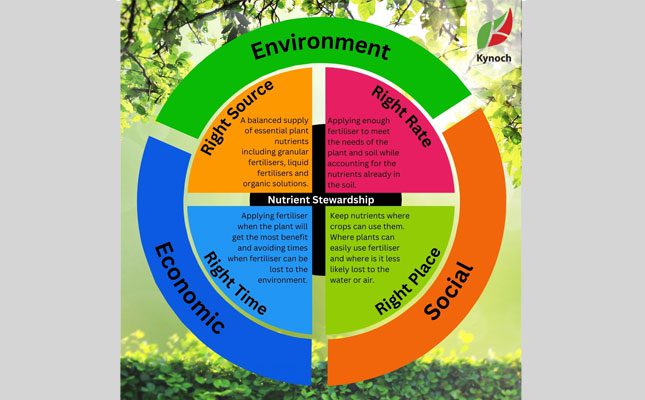
A re-evaluation of the fertilisation practices is necessary to meet the increased need and ensure optimal yields. Several factors affect the revaluation process.
Microelements are only required in small amounts but are still essential for plant growth. If micronutrients are deficient, critical plant functions can be restricted, resulting in plant abnormalities, reduced growth, and lower yield potential. Each microelement may be involved in multiple plant growth functions (Table 1).
A wide range of soil factors affects the availability of plant microelements. However, the total concentration of micronutrients in the soil can be a poor indicator of their availability to the maize plant.
Both soil testing and plant tissue analysis are useful in managing micronutrients. Plant tissue analysis is critical to diagnosing deficiencies. Just take note of the specific time of the analysis and the corresponding norms.
Nutrient uptake is dependent on root activity (root number, root dry mass, and root length), the ability to absorb nutrients, and the nutrient concentration on the surface of the root. Nutrient uptake occurs through three mechanisms: root interception, mass flow, and diffusion.
While the cations (Zn, Fe, Mn, and Cu) are more readily absorbed via diffusion, the anions (such as boron and molybdenum) are mass flow, taken up in large quantities.
All nutrients move relatively easily from the root to the growing parts of the plant. However, their ability to move between different plant parts differs. In cases of nutrient scarcity, certain nutrients can be relocated from older tissues to newer ones. Identifying which nutrients are considered ‘mobile’ proves crucial in diagnosing plant nutrient deficiencies.
If the lower leaves are affected, it is likely due to a mobile nutrient deficiency. On the other hand, if the upper leaves show signs of deficiency, the problem probably stems from an ‘immobile’ nutrient deficiency since it cannot be redistributed from older to newer leaves. Molybdenum (Mo) is considered a mobile nutrient, while other microelements like Zinc (Zn), Iron (Fe), Manganese (Mn), Copper (Cu), and Boron (B) remain immobile within the plant’s system.
Due to the above-mentioned factors, Kynoch looked at soil-applied micronutrients. Two limitations were the availability and distribution of the micronutrients. To overcome these challenges, Kynoch developed the Ultra range.
Every granule of the Ultra-range products is coated with micronutrients. This ensures a much better distribution of the micronutrients and enhances their efficacy. Crop-specific micronutrient coatings were formulated. The placement of the nutrients is also important.
As mentioned, most micronutrients move from a high concentration to a low concentration. Banding the micronutrient with the fertiliser assists in its movement and uptake. Nanotechnology is used to increase the availability of micronutrients.
The Food and Agriculture Organization of the United Nations (FAO) developed the 4R Nutrient Stewardship concept. The 4 Rs refer to the right nutrient source, the right rate, the right time, and the right place.
This is a very useful concept to evaluate cropping systems and practices. The Ultra range fits well within FAO’s 4R framework and addresses some crucial limitations in our cropping systems.
Table 1: The function of micronutrients in plant development.
(Essential Element in Corn – Johnston and Dowbenko)
| Plant growth function | Zn | Fe | Mn | Cu | B | Mo |
| Enzyme systems | X | X | X | X | X | |
| Protein formation | X | X | X | X | X | |
| Hormones and cell division | X | X | ||||
| Chlorophyll formation | X | X | X | |||
| Photosynthesis | ||||||
| Nitrogen, iron, phosphate metabolism | X | X | X | X | X | X |
| Seed formation | X | X | X | |||
| Sugar/starch translocation | X | X |











